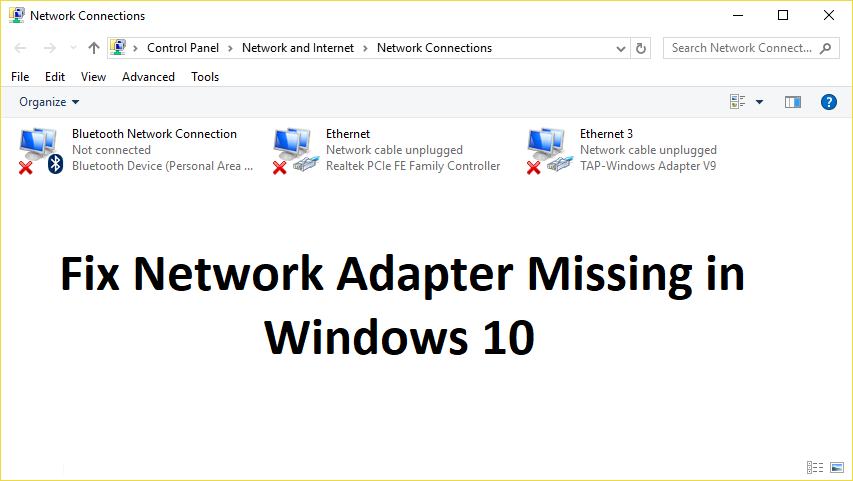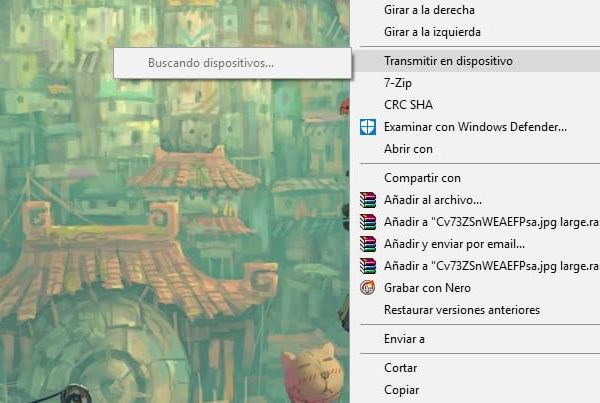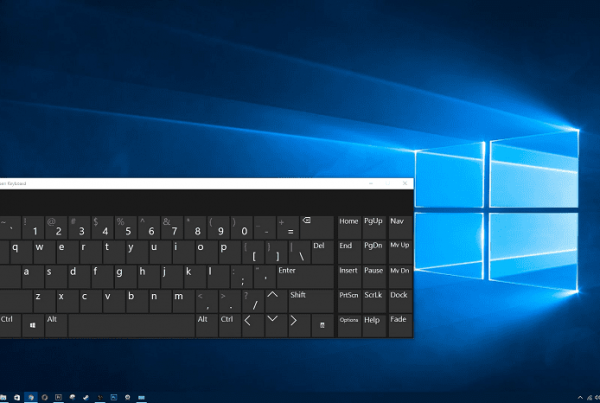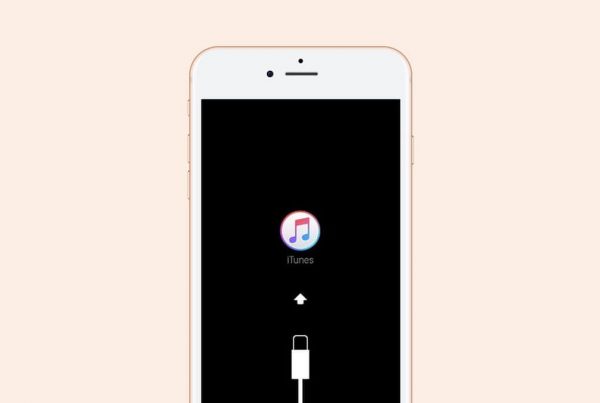If you don't see Wireless Adapter in Network Connections and there is no Network Adapter tab in Device Manager, then it appears that your Network adapter is missing or not detected on your Windows 10 which is a serious obstacle because you will not be able to access the Internet until the problem is resolved. Finally, when you click the Wireless Connection icon in the system tray, no device will be listed in the list to connect to the Internet, and if you open Device Manager, you will not see the Network Adapter tab.
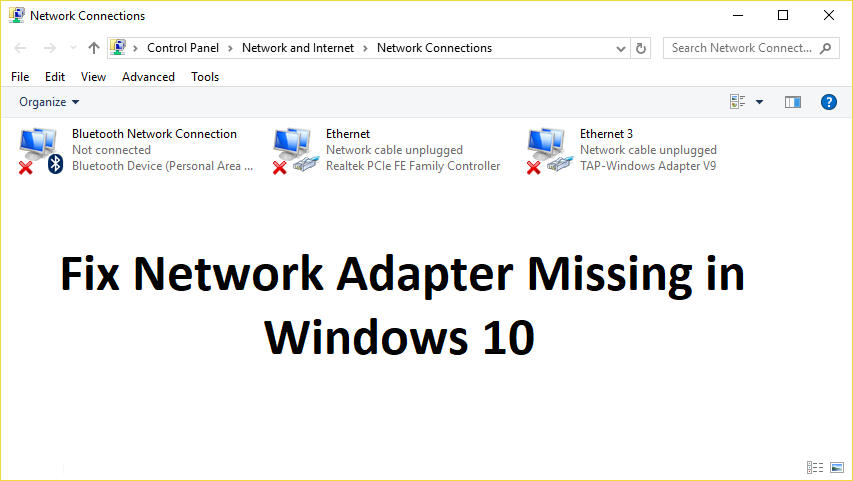
Here are the reasons behind the network adapter missing problem:
- Network adapter is missing in device manager
- Network adapters are not displayed in Device Manager
- Network adapter not detected
- Network adapter not found Windows 10
- There is no network adapter in Device Manager
The main cause of this problem appears to be outdated, incompatible, or corrupted network adapter drivers. If you have recently upgraded from older versions of Windows, the old drivers may not work with the new Windows and thus the problem. So without giving up time, let's see how to solve the remaining network adapter problem in Windows 10 with the troubleshooting steps listed below.
Nota: Solo asegúrese de desinstalar cualquier software VPN en su ordenador antes de continuar.
Repair the remaining network adapter in Windows 10
Make sure to create a restore point in case something goes wrong.
Method 1: restart your computer
Most of us know this very basic trick. Restarting your computer can sometimes resolve any software conflict by giving you a fresh start. So if you are someone who prefers to put your computer to sleep, restarting your computer is a good idea.
1. Click the Start Menu and then click the Power button available in the lower left corner.
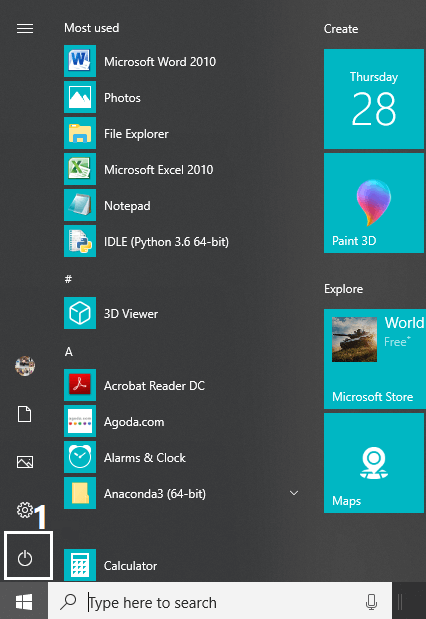
2. Then click the Restart option and your computer will restart.
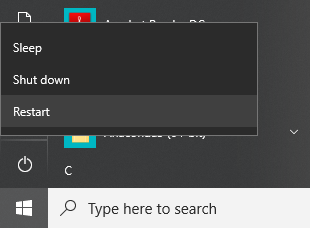
After the computer restarts, check if your problem is solved or not.
Method 2: Fexuberante DNS y reinicio de componentes Winsock
1. Open the elevated command prompt.
2. Now type the following command and press Enter after each one:
ipconfig / release ipconfig / flushdns ipconfig / renew
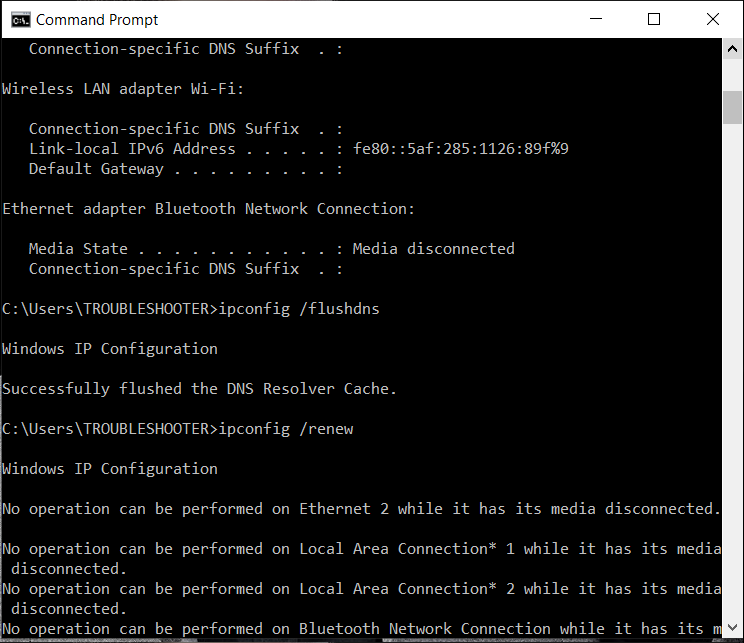
3. Reopen the command prompt and type the following command one by one and hit enter after each one:
ipconfig / flushdns nbtstat –r netsh int ip reset netsh winsock reset
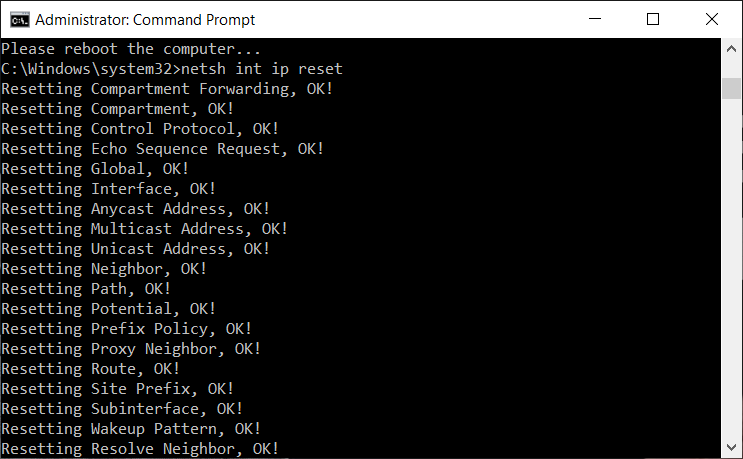
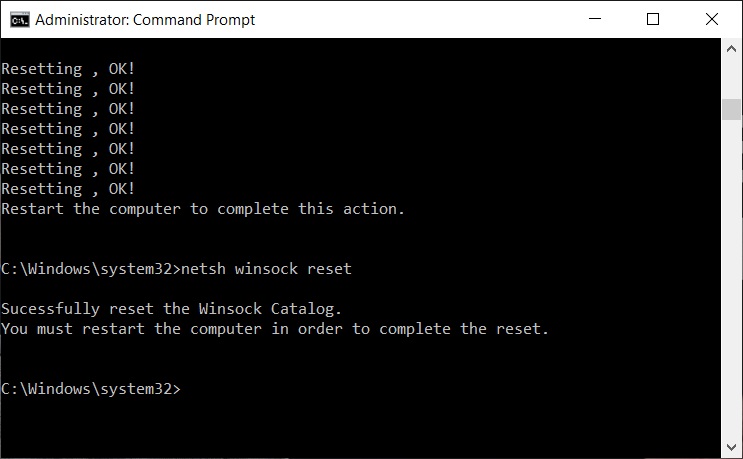
4. Reboot to apply the changes. Clean DNS seems Troubleshoot the network adapter driver in Windows 10.
Method 3: run the WWAN auto-configuration service
1. Press Windows Key + R, and then type services.msc and press Enter.

2. Find WWAN Auto Configuration Service in the list (press W to get to the end of the list quickly).
3. Double click WWAN Automatic Configuration Service.
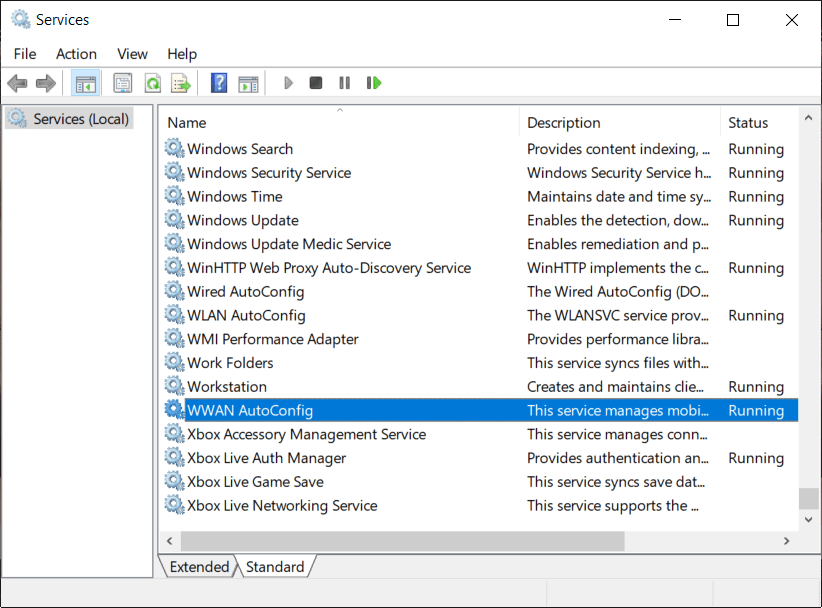
4. If the service is already running, click Stop, then in the Startup type drop-down menu, select Automatic.
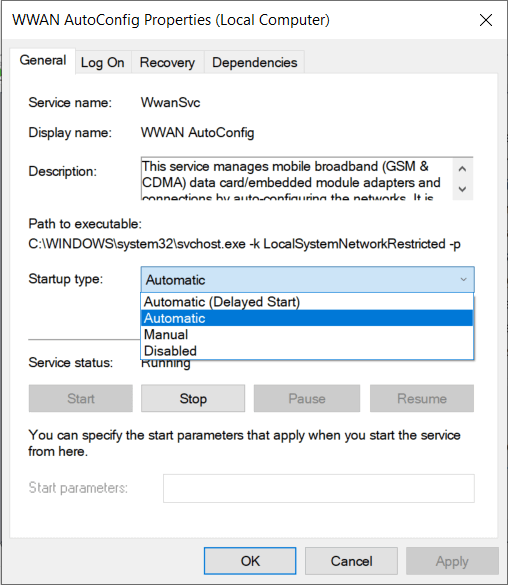
5. Click Apply followed by OK.
6. Right-click on the WWAN Auto Configuration Service and select Start.
Method 4: update network adapter drivers
1. Press Windows Key + R and type «devmgmt.msc«In the dialog box Run to open device administrator.
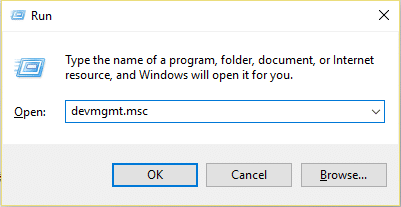
2. Expand Network adapters, then right-click on your Wi-Fi controller (Broadcom or Intel for example) and select Update the driver software.
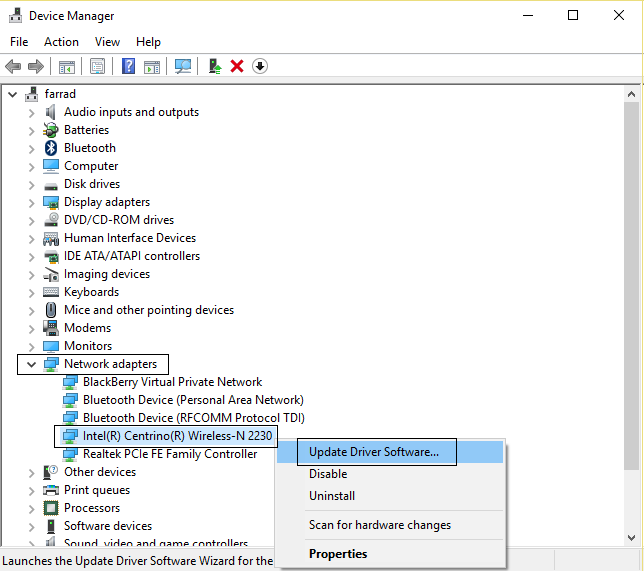
3. Now select «Search automatically for updated driver software".
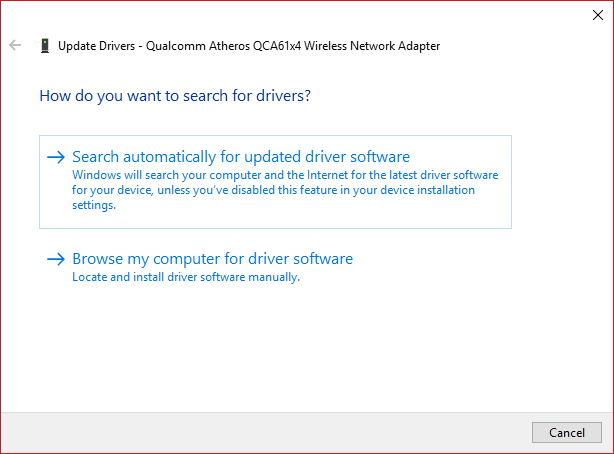
4. Now Windows will automatically check for the network driver update and if a new update is found, it will download and install it automatically.
5. Once finished, close everything and restart your computer.
6. If you still face the Network adapter missing in Windows 10 problem, then again right click on your WiFi controller and select Update driver in Device Manager.
7. Now, in Windows Update Driver Software, select «Search my computer for driver software.«
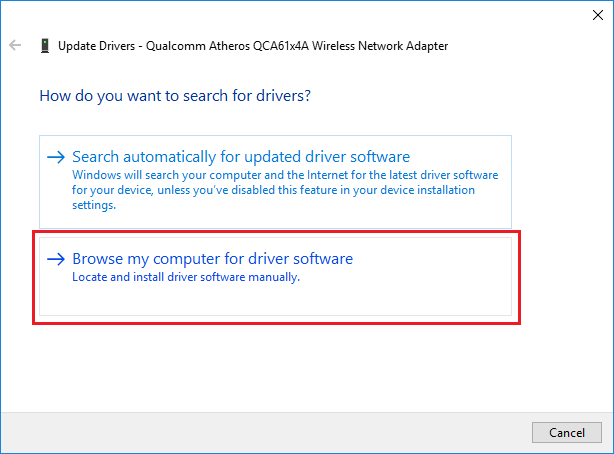
8. Now select «Let me select from a list of drivers available on my computer.«
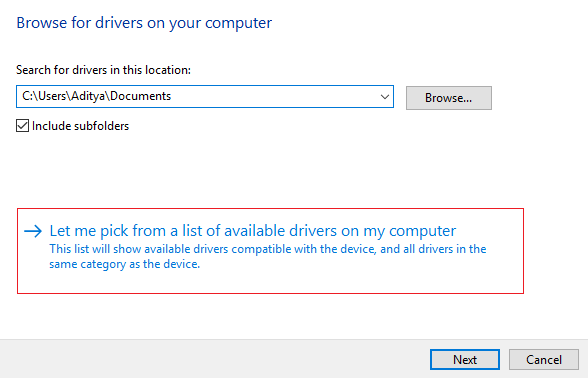
9. Try actualice los controladores de las versiones enumeradas (asegúrese de marcar el hardware compatible).
10. If the above did not work, go to el portal Web del fabricante to update the drivers.

11. Download and install the latest driver from the manufacturer's web portal, and then restart your computer.
Method 5: uninstall network adapter drivers
1. Press Windows Key + R and then type "devmgmt.mscAnd hit Enter to open Device Manager.

2. Expand Network Adapters and find the name of your network adapter.
3. make sure make a note of the adapter name in case something goes wrong.
4. Right click on your network adapter and uninstall it.
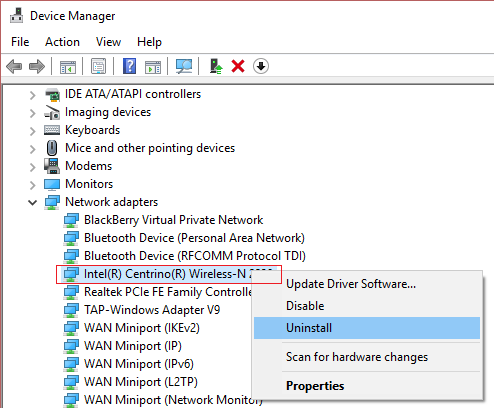
5. It will ask you for confirmation select Yes.
6. Restart your computer and Windows will automatically install the network adapter drivers again.
7. If the drivers do not install automatically, reopen Device Manager.
8. On the Device Manager menu, click Action then click on «Check for hardware changes".
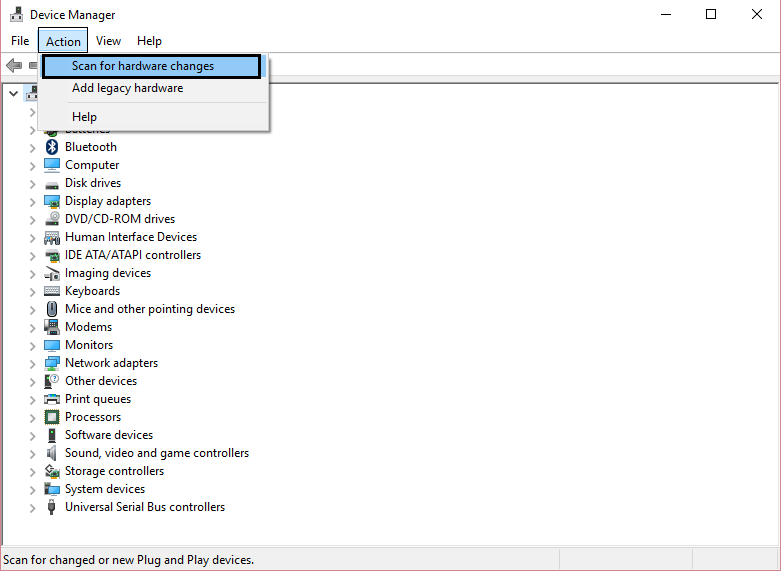
Method 6: make sure Windows is up to date
1. Press Windows key + I to open Settings and then click Update and security.
![]()
2. From the left side, click on the menu Windows update.
3. Now click on «Search for updates”To check for available updates.
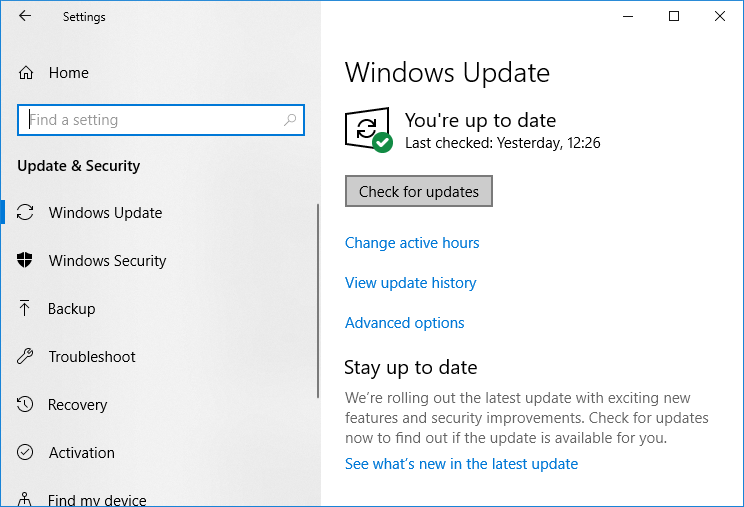
4. If there are any pending updates, click Download and install updates.
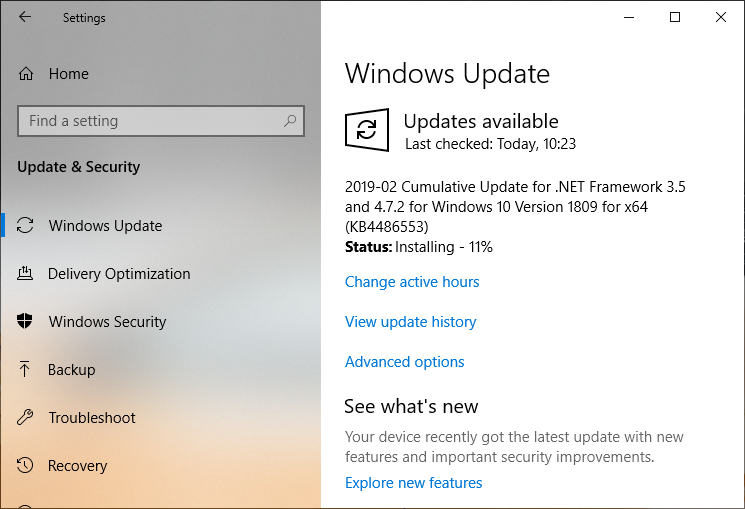
5. Once the updates are downloaded, install them and your Windows will update.
6. After the updates are installed, restart your computer to store the changes.
Method 7: Run the network adapter troubleshooter
1. Press Windows key + I to open Settings, and then click Update and security.
![]()
2. In the menu on the left, select Solve problems.
3. Under Troubleshoot, click Internet connections and then click Run the troubleshooter.
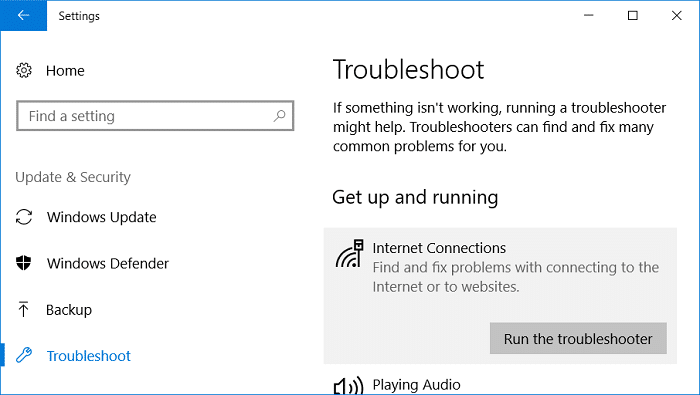
4. Follow further instructions on the screen to run the troubleshooter.
5. If the above did not solve the problem, in the Troubleshoot window, click Network adapter and then click Run the troubleshooter.
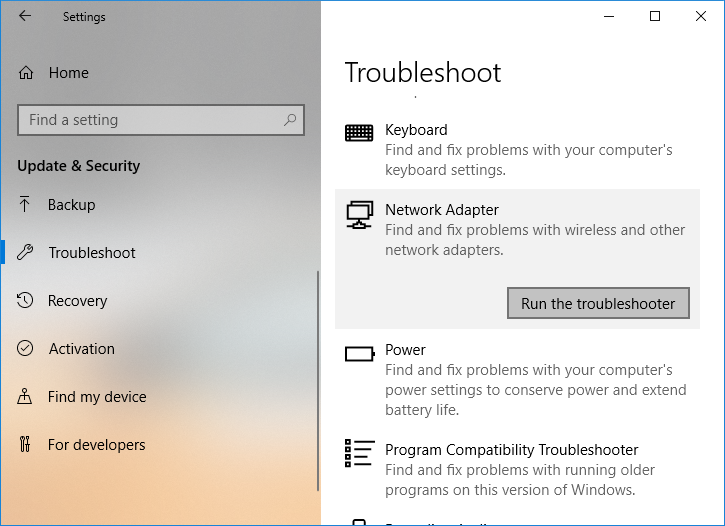
5. Restart your computer to save the changes and see if you can fix the problem Missing network adapter.
Method 8: Install Intel PROSet / Wireless Software
Sometimes the problem is due to outdated Intel PROSet software, so the update seems fix remaining network adapter in Windows 10 problem. This way, come here and download the latest version of PROSet / Wireless software and install it. This is third party software that manages your WiFi connection instead of Windows and if the PROset / Wireless software is out of date it may cause driver issues in Wireless network adapter.
Method 9: reset the network connection
1. Press Windows key + I to open Settings, and then click Network and Internet.
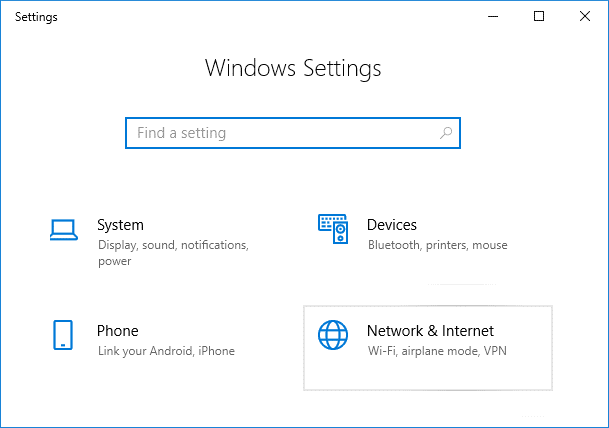
2. In the menu on the left, select Condition.
3. Now scroll down and click Network reset in the background.

4. Click again on «Restart now”In the Network Reset section.
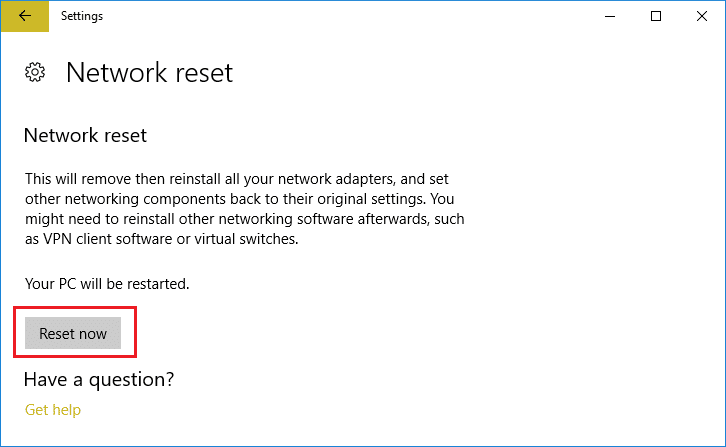
5. This will successfully reset your network adapter and once it completes, the system will reboot.
Method 10: perform a system restore
System Restore always works to fix the error therefore System Restore can definitely help you fix this error. So without giving up time, run system restore to resolve the problem Missing network adapter.
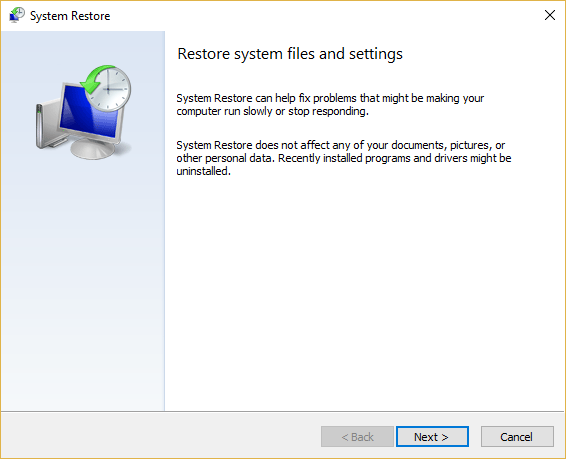
Method 11: using elevated command prompt
1. Press Windows Key + X, and then select Command prompt (administrator).
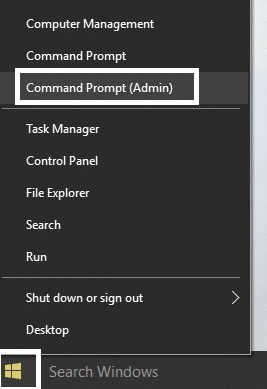
2. Type the following command in cmd and hit Enter:
netcfg –sn

3. This will display a list of network protocols and in that list you will find DNI_DNE.
4. If DNI_DNE appears in the list, type the following command in cmd:
reg remove HKCR CLSID {988248f3-a1ad-49bf-9170-676cbbc36ba3} / va / f
netcfg -v -u dni_dne

5. If you don't see DNI_DNE in the list, just run the command netcfg -v -u dni_dne.
6. Now if you get error 0x80004002 After trying to run the above command, you must remove the old key manually.
7. Press Windows Key + R, and then type regedit and press Enter.
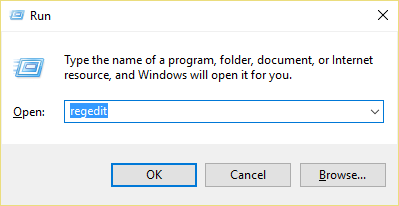
8. Navigate to the next registry key:
HKEY_CLASSES_ROOT CLSID {988248f3-a1ad-49bf-9170-676cbbc36ba3}
9. Delete this password and retype netcfg -v -u dni_dne command in cmd.
10. Restart your computer to save the changes.
.
That's all you have with success Repair the remaining network adapter in Windows 10 But if you still have any questions regarding this post, feel free to ask in the comment section.

